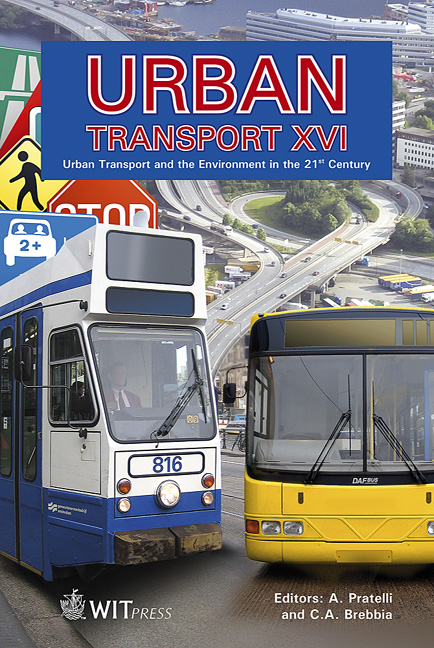Effectiveness Of Mobility Management In A Transportation Policy Aimed At Achieving The Kyoto Protocol – Kyoto Project For Studying An Efficient Car Utilization
Price
Free (open access)
Transaction
Volume
111
Pages
11
Page Range
215 - 225
Published
2010
Size
1,541 kb
Paper DOI
10.2495/UT100201
Copyright
WIT Press
Author(s)
T. Murao, D. Nakagawa, R. Matsunaka & T. Oba
Abstract
As the first commitment period of the Kyoto Protocol comes to a start, the reduction of greenhouse gas emissions becomes an urgent topic in the transport sector. Although the share of car use in terms of a modal split in Kyoto, where the Kyoto Protocol was born, is rather low compared with other similar scale metropolitan areas around the world, activities concerning all citizens aimed at reducing their car use have become very popular. In particular, Mobility Management, a transportation policy which controls excessive car use by using communication skills, is producing good results. In this paper, we will show the successful results of the \“Kyoto Project for Studying an Efficient Car Utilization” by introducing two specific projects. One of these is an example of how ridership for railways has dramatically increased as a result of the widespread execution of Workplace Mobility Management, and the other is an example that the ridership of buses has increased because of integration with commuter buses in industrial areas. Based on these results, and paying attention to the execution process of these projects, we analyze the factors leading to the successful results. Finally, we propose ideas for use in other areas with similar characteristics. Keywords: workplace mobility management, achieving the Kyoto Protocol, efficient car utilization, implementation process.
Keywords
workplace mobility management, achieving the Kyoto Protocol, efficient car utilization, implementation process





